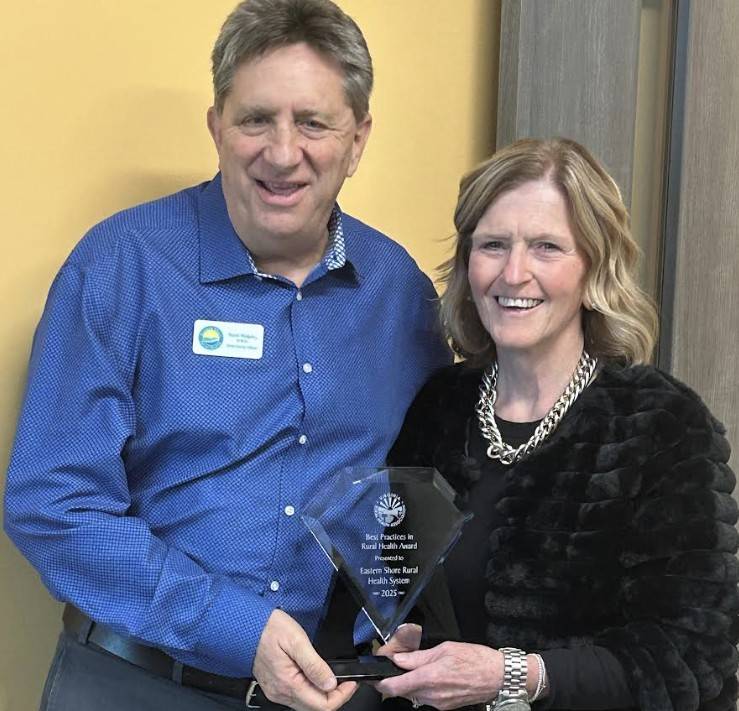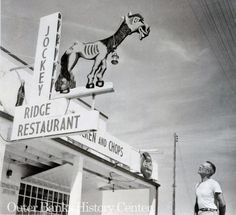ANNAPOLIS, Md. — The Chesapeake Bay Program announced this week that it is poised to surpass its ambitious goal of fully restoring oyster habitats in 10 tributaries across Maryland and Virginia by the end of the year — a milestone considered one of the most significant environmental victories in the Bay’s history.
With just a few acres of reef left to plant in the Manokin River on Maryland’s Eastern Shore, the multi-year initiative will have restored more than 2,200 acres of oyster habitat — making it the largest oyster restoration project in the world.
The restoration initiative, first outlined in the 2014 Chesapeake Bay Watershed Agreement, set out to rebuild oyster reefs in 10 tributaries by 2025. But by the project’s conclusion, 11 tributaries will be fully restored, exceeding the original target.
In Maryland, completed restoration sites include Harris Creek, the Little Choptank, Tred Avon, and St. Mary’s rivers. In Virginia, projects have been completed in the Lafayette, Piankatank, Great Wicomico, Lynnhaven, Lower York, and the Eastern Branch of the Elizabeth rivers.
“This success shows what’s possible when federal, state, and local partners work together,” said officials with the National Oceanic and Atmospheric Administration (NOAA), which helped lead the effort.
Oysters are often called the “bedrock” of the Chesapeake Bay ecosystem. A single adult oyster can filter up to 50 gallons of water per day, removing algae and improving water clarity. Oyster reefs also provide critical habitat for hundreds of other species, from blue crabs to striped bass.
But populations plummeted over the last century due to overfishing, disease, and declining water quality. Rebuilding those populations became a central part of the broader effort to restore the health of the Bay.
A key component of the work was the Supporting Oyster Aquaculture Restoration (SOAR) program, which allowed farmers to sell oysters not suitable for market. Those oysters were then deployed on reefs in tributaries with lower populations, seeding future generations.
In addition, state agencies and conservation groups used recycled oyster shells, limestone, and granite to build reef structures. Hatcheries produced billions of baby oysters (known as spat) that were later planted on these reefs.
Officials say the success of the oyster initiative sets the stage for similar ecosystem-scale restoration efforts. “This project is proof that large-scale habitat restoration is possible,” NOAA leaders said in a joint statement. “It shows how strategic investments in science, aquaculture, and partnerships can pay off for both the environment and local economies.”
Oyster harvesting remains limited in most of the restored reefs to ensure populations rebound, but long-term plans include expanding sustainable aquaculture and fishing opportunities.
As the Manokin River project nears completion, Chesapeake Bay Program partners say they are already looking beyond 2025, with the goal of building on this momentum to further bolster the Bay’s resilience in the face of climate change and other challenges.




It’s seems as if all these quasi government programs ignore the Eastern side of The Bay in Virginia. Maybe in the long run that will be a good thing.